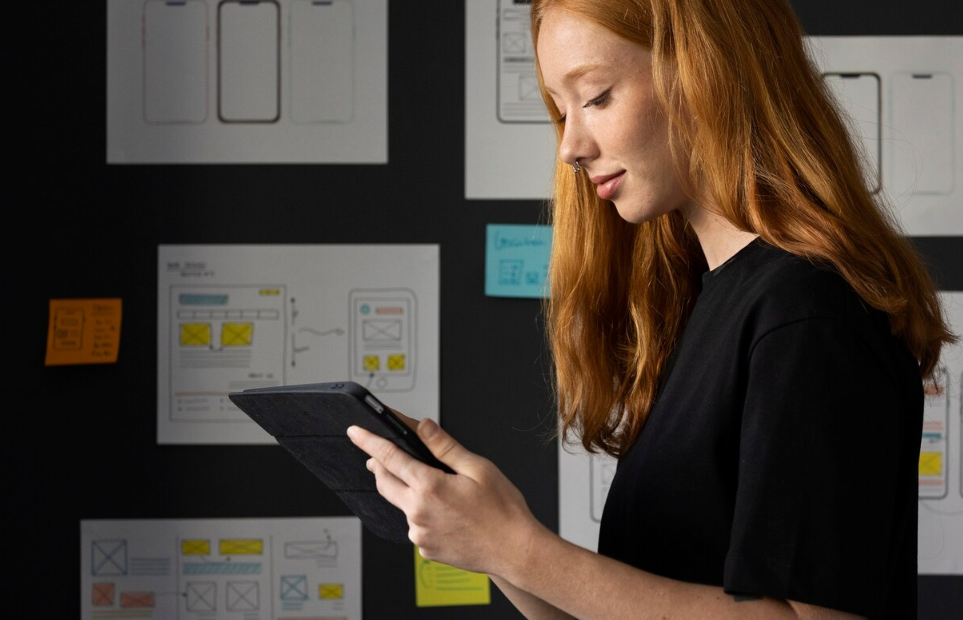What if a heartbeat could play a cello?
What if bacteria could write symphonies?
Welcome to the strange and poetic world of bio-symphonies—where music isn’t composed by humans, but extracted from life itself.
This is not just art. It’s a collaboration with biology, where the rhythms of living cells, neural pulses, and microbial motion are translated into sound. In this future, music doesn’t just imitate life—it emerges from it.
The Concept: Life as a Musical Interface
Bio-symphonies transform biological processes into sonic compositions. Through sensors, data mapping, and generative algorithms, the behaviors of living cells—like electrical activity, growth rates, or metabolic shifts—are interpreted as musical information.
What begins as noise at the microscopic level becomes:
- Melodies from neuron firings
- Harmonies based on cellular division
- Rhythms generated by bacterial motion
In this world, the composer is alive—literally.
How It Works: Turning Cells into Sound
Creating a bio-symphony typically involves three layers:
1. Biological Input
Sources of live data might include:
- Neurons in petri dishes firing electric signals
- Plant leaves reacting to light exposure
- Biofilms shifting and stretching
- Heart cells beating in synchronized waves
2. Data Translation
Sensors record biological events as raw data—voltage changes, movements, or chemical levels. This data is then:
- Scaled into musical pitches
- Mapped to digital instruments
- Translated into rhythm, harmony, and dynamics
3. Generative Composition
AI or rule-based systems interpret this data over time, layering it to form:
- Real-time improvisations
- Algorithmic compositions
- Interactive performances with human musicians
The result is a living score, always changing, never repeated.
Famous Experiments in Bio-Music
Several pioneers have already stepped into this hybrid realm of biology and composition:
- 🎻 Eduardo Miranda: Used cultured neurons to control digital instruments.
- 🌿 Mileece: Created ambient soundscapes from plant biofeedback.
- 🧠 Lisa Park: Composed music using her brainwaves and emotional states.
- 🧬 Dr. David Deamer: Sonified DNA sequences, making the genome audible.
Each represents a new genre, not defined by style but by origin.
Philosophical Implications
Bio-symphonies blur the lines between artist, instrument, and audience.
Who is the composer?
Is it the scientist? The organism? The algorithm?
Is this music or data sonification?
Is there a difference when the result moves people emotionally?
What defines intention in art?
If a microbe “writes” a melody through behavior, is it creating?
These questions push us into post-human aesthetics, where creativity is distributed across species and systems.
Applications Beyond Art
Though poetic, this practice also holds scientific and therapeutic potential:
🧪 Biomedical Monitoring
Real-time sonification of cells could help detect disease states audibly.
🧘 Biofeedback Therapy
Patients could listen to their own nervous systems and use music to self-regulate.
🧬 Education
Turning complex biological data into sound makes learning multisensory and engaging.
🎮 Interactive Media
Video games and installations where biological life controls the score in real time.
The Future of Bio-Music
As biotechnology, computing, and art converge, future possibilities expand:
- Wearable composers: Clothes that make music from your sweat, pulse, and temperature.
- Living instruments: Bio-engineered organisms designed to “play” specific moods or genres.
- Symbiotic performances: Musicians improvising alongside their own cells in real time.
In this vision, the line between life and music dissolves entirely.
Final Thoughts
Bio-symphonies aren’t just about sound—they’re about listening to life differently. They ask us to consider intelligence, agency, and beauty at scales we’ve ignored. In these compositions, cells are not just alive—they’re expressive.
In the end, the most haunting and honest melodies may not come from human hands—but from the silent rhythms of life itself.


